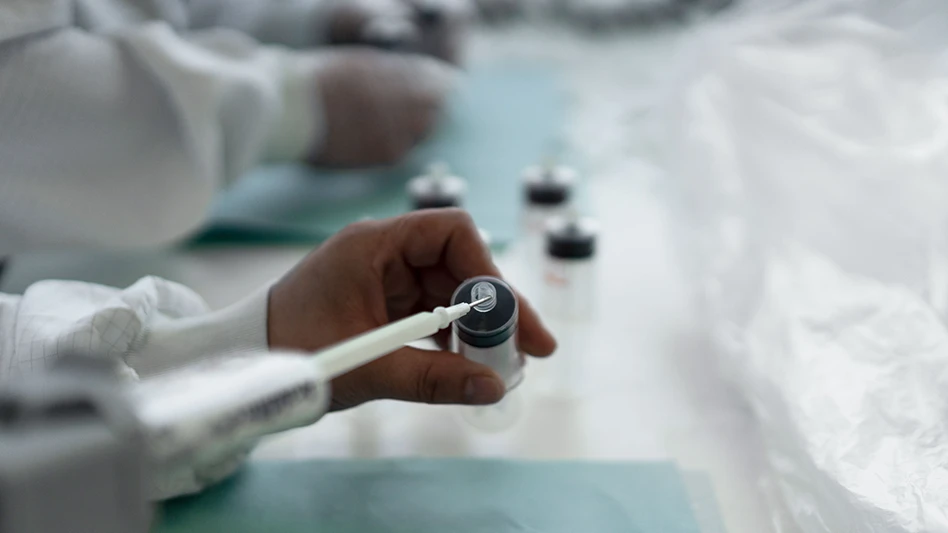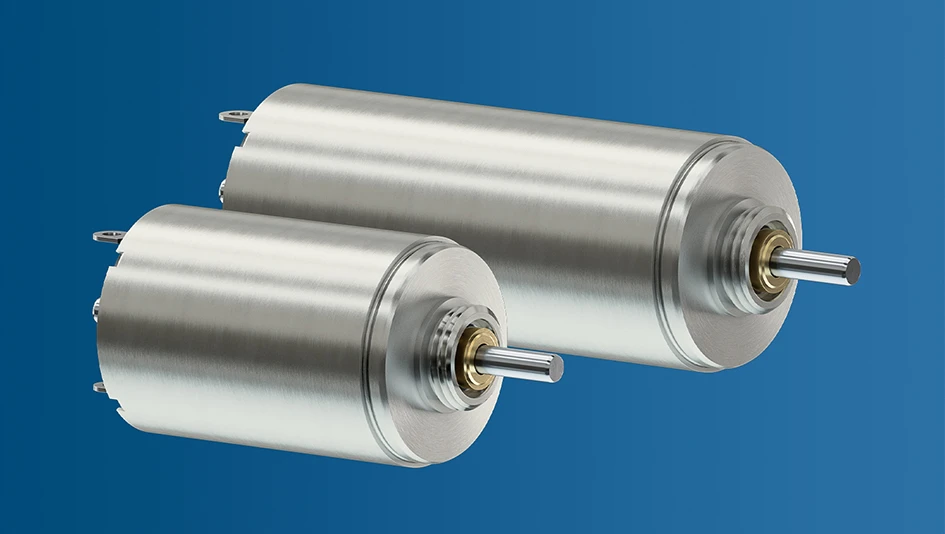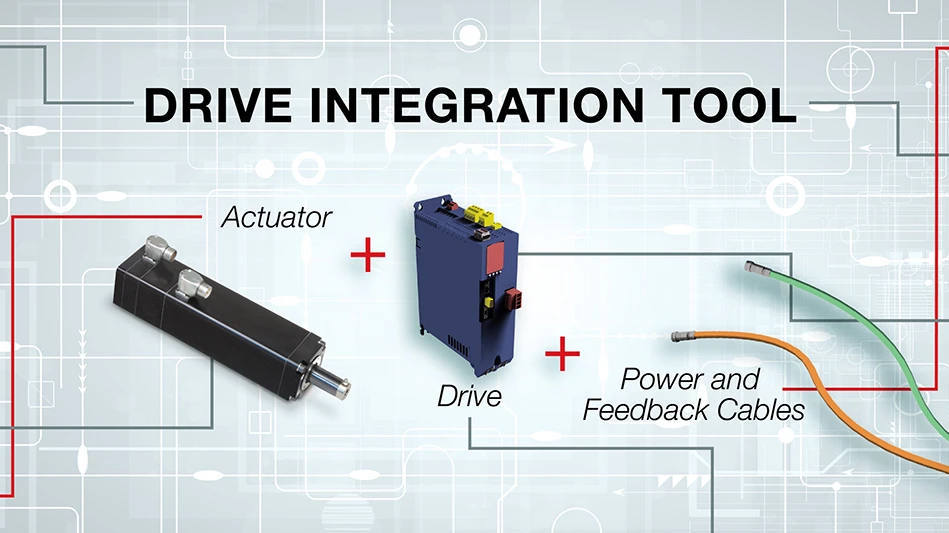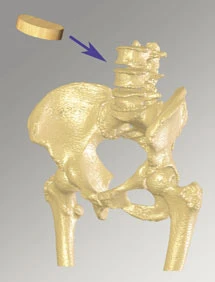
A method of producing synthetic bone, using techniques normally used to make catalytic converters for cars, is being developed by researchers at WMG at the University of Warwick.
The team is now working closely with Warwick Ventures, the University's technology transfer office, to find a suitable partner to help commercialize the technology.
WMG's Dr. Kajal Mallick is developing the technique along with his postgraduate researcher James Meredith.
They strongly believe it could offer substantial clinical benefits to patients undergoing bone implant surgery.
The technique involves state-of-the-art extrusion of the implant material through a mold, to produce a 3D honeycomb texture, with uniform pores throughout.
The material can then be sculpted by the surgeon to precisely match the defect.
After implantation, bone cells will be transported into the implant and begin to form new bone.
"We worked with a Japanese company which manufactures catalytic converters and used their facility to produce samples which we could then test in the laboratory," Mallick explains.
"We found that we were able to use calcium phosphates - a family of bioceramics that are routinely used in bone implant operations, but by using this technique we were able to significantly improve both the strength and porosity of the implant.
"At the present time, there is no product available in the market place that simultaneously satisfies both these key properties. It is nearly an ideal scaffold structure for efficient blood flow and formation of new bone cells."
The increased strength of the material means it could be used in spinal surgery, or in revision hip and knee operations, where currently non-degradable materials such as titanium or steel may be used. The advantage of increased and interconnected porosity is that the implant can quickly be filled with blood vessels, resulting in a more rapid healing process.
Meredith, who is working to complete an Engineering Doctorate in this research area, says: "The synthetic bone we are developing is as strong as normal healthy bone, yet porous enough to allow bone cells to inhabit it and generate new bone.
Over a period of time, we expect the synthetic bone will reabsorb, leaving only natural bone. I hope that if we can find an industrial partner to take this to market, we will enable treatment of conditions which, up to this point, have only been possible using metal replacement parts or low strength foam-like bone substitutes."
University of Warwick
Coventry, England
wmg.warwick.ac.uk
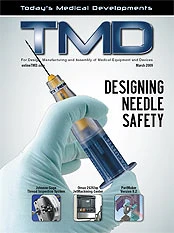
Explore the March 2009 Issue
Check out more from this issue and find your next story to read.
Latest from Today's Medical Developments
- Auxilium Biotechnologies prints medical devices on the International Space Station
- KYOCERA SGS Precision Tools’ APEX Application Expert
- North American robotics market holds steady in 2024 amid sectoral variability
- Evident’s DSX2000 digital microscope
- Ferrocene becomes first Rust toolchain to achieve IEC 62304 qualification
- Germany expects a major decline in production in 2025
- Learn what you need to comply with CMMC requirements
- VersaBuilt’s CNC automation possibilities


